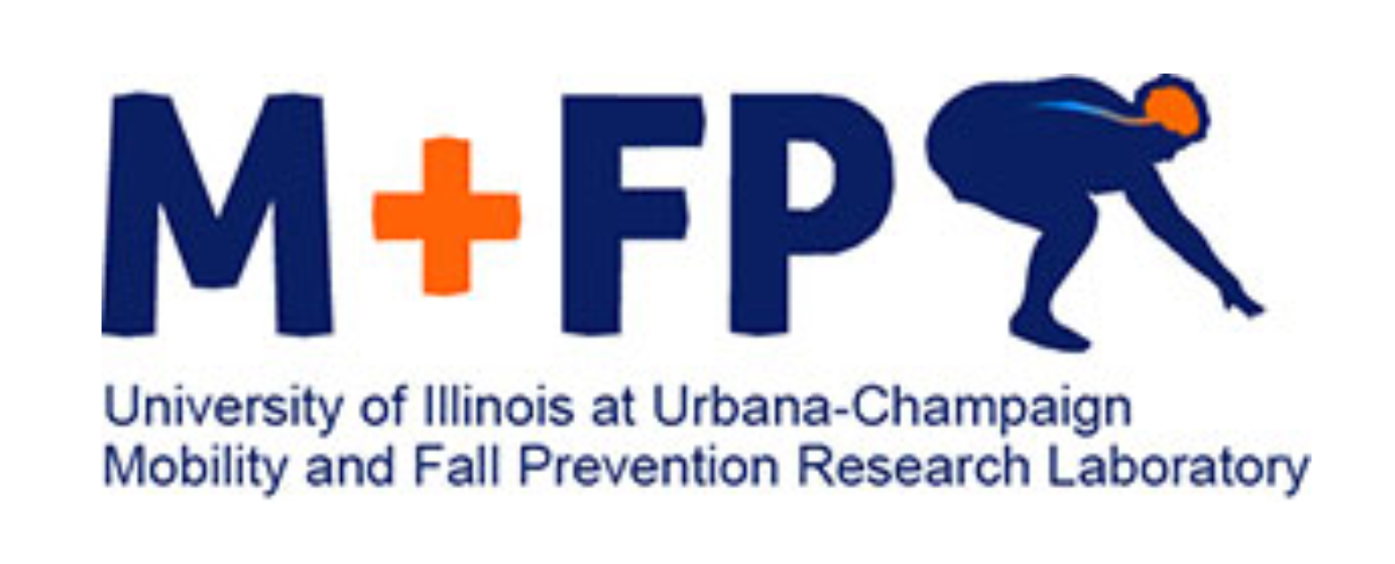Information about the MFPRL.
 The goal of the Mobility and Fall Prevention Research Laboratory (MFPRL) is to further our understanding of the volitional control of compensatory postural responses and contribute to the existing body of fall prevention research in older adults. We use kinetic, kinematic, electrophysiological, and non-invasive brain imaging data to examine the control of functional whole-body movements. Using interdisciplinary approaches, our lab examines the underlying behavioral and neural mechanisms underlying postural and gait dysfunction in older adults with neurological disorders, such as Parkinson’s disease and multiple sclerosis to identify prospective behavioral and neural biomarkers of neurological disorders and motor impairment.
The goal of the Mobility and Fall Prevention Research Laboratory (MFPRL) is to further our understanding of the volitional control of compensatory postural responses and contribute to the existing body of fall prevention research in older adults. We use kinetic, kinematic, electrophysiological, and non-invasive brain imaging data to examine the control of functional whole-body movements. Using interdisciplinary approaches, our lab examines the underlying behavioral and neural mechanisms underlying postural and gait dysfunction in older adults with neurological disorders, such as Parkinson’s disease and multiple sclerosis to identify prospective behavioral and neural biomarkers of neurological disorders and motor impairment.
Our lab is directed by Manuel Enrique Hernandez.
Check out our website here to learn more.
Age-Related and Disease-Related Changes in Postural Control
Postural control is an integral component of daily living, which requires continuous sensorimotor integration when maintaining balance during whole-body movements under any self-induced or external perturbations. To maintain balance, continuous adjustments of the location of the center of pressure (COP) under the feet is required, particularly when visual feedback is inhibited or attention is focused on a conversation or another concurrent cognitive task. Projects in this research area are focused on the characterization of balance changes in clinical populations and the development of new tools for assessing balance impairments.
Risk Factors for Injury or Disability During the Performance of Goal-Directed Movements
Walking and activities that involve transfer such as getting in and out of a bed or chair, stooping, bending, or reaching are the two most frequent activities associated with non-syncopal falls, and constitute a strong risk of injury in older adults. Thus, through the use of interdisciplinary approaches, projects in this research area use quantitative measures of performance during functional tasks to better understand dynamic postural control changes that may underlie changes in the risk for injury and disability in older adults with neurological and musculoskeletal conditions.
Behavioral and Neural Mechanisms Underlying Postural and Gait Dysfunction in Older Adults With and Without Neurological Disorders
Using a combination of neuropsychological, behavioral, and neural measures, cortical areas crucial to the control of standing and walking tasks can be identified while controlling for the inherent variability in cognitive and motor function in older adults. Projects in this research area will be focused on collaborative interdisciplinary work aimed at advancing our understanding of behavioral and neural mechanisms underlying balance and gait dysfunction in older adults, aimed towards the development of objective and standardized diagnostic measures of motor impairment and treatment efficacy.